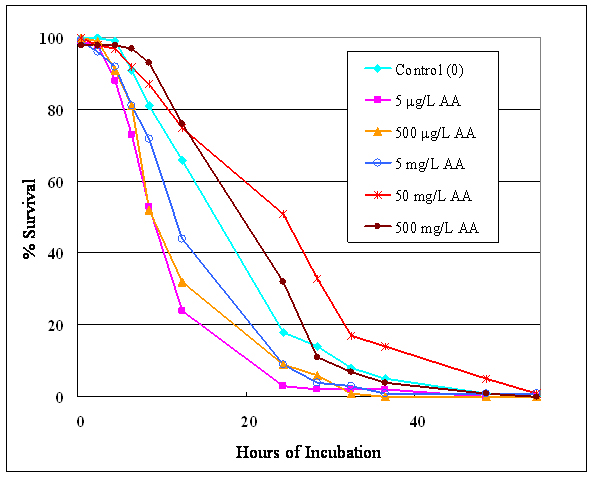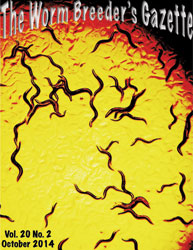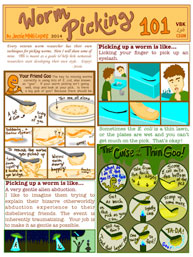We have been reporting the effects of acrylamide on the growth, reproduction, and lifespan of C. elegans as a biosensor (Hasegawa et al., 2004; Hasegawa et al., 2007). We have now combined the PA14 fast-killing experimental method (Tan et al., 1999) with the xenobiotic acrylamide as a model system to be used for testing various xenobiotics, both phyto- and man made-chemicals, for their effect on the innate immune system of C. elegans. We are now characterizing mutants responsive to this system. The procedure we have developed:
1. Synchronized N2 worms are grown to 1-day-old adulthood on NGM agar in the absence or presence of acrylamide (5 µg/L, 500 µg/L, 5 mg/L, 50mg/L, and 500 mg/L).
2. Fast-killing plates (3.5 cm) containing 5 mL of PGS agar (1% Bacto-Peptone, 1% NaCl, 1% Glucose, 0.15 M Sorbitol, and 17% Bacto-Agar) with and without acrylamide in the above concentrations are plated with 10 μl of the pathogenic strain of Pseudomonas aeruginosa PA14 (a gift from Dr. A. Aballay), which was grown overnight at 37°C in LB broth and spread using a turntable and wire spreader. Plates are then incubated at 37°C for 24 hr and let stand at RT for 12 to 18 hr before use.
3. One-day-old adult hermaphrodites (about 100) are transferred onto 3 or 4 of the prepared 3.5 cm PGS plates (colored purple with a lawn of PA14), incubated at 24°C, and probed with a fine wire for dead worms at 2, 4, 6, 8, 12, 24, 28, 32, 36, and 48 hours. The results shown are representative of 6 independent experiments.
Figures
References
Hasegawa K, Miwa S, Tajima T, Tsutsumiuchi K, Taniguchi H, and Miwa J. (2007). A rapid and inexpensive method to screen for common foods that reduce the action of acrylamide, a harmful substance in food. Toxicol Lett. 175, 82-88. 
Hasegawa K, Miwa S, Tsutsumiuchi K, Taniguchi H, and Miwa J. (2004). Extremely low dose of acrylamide decreases lifespan in Caenorhabditis elegans. Toxicol Lett. 152, 183-189. 
Tan MW, Mahajan-Miklos S, and Ausubel FM. (1999). Killing of Caenorhabditis elegans by Pseudomonas aeruginosa used to model mammalian bacterial pathogenesis. Proc. Natl. Acad. Sci. U S A 96, 715-720. 





